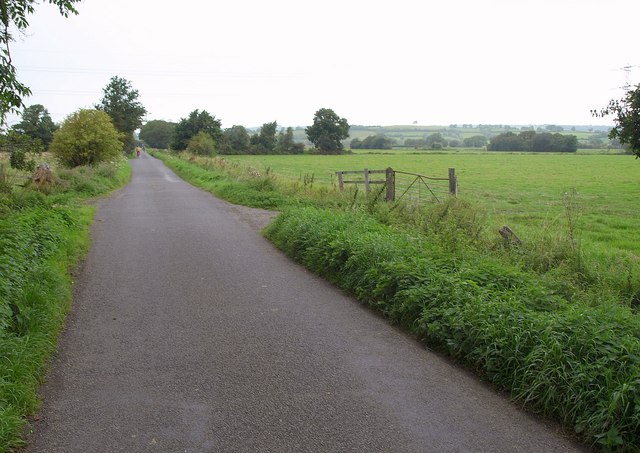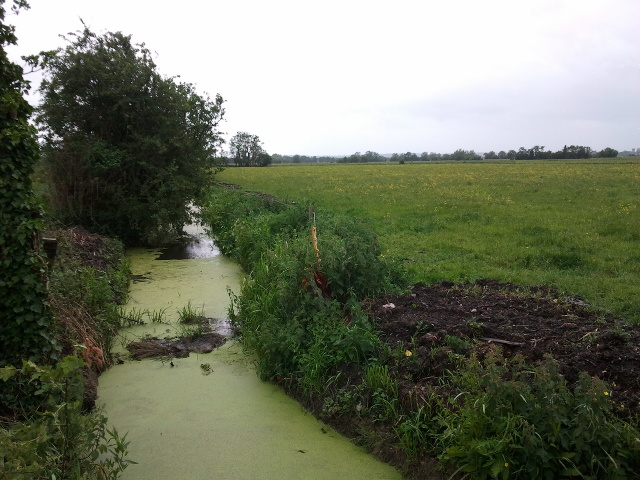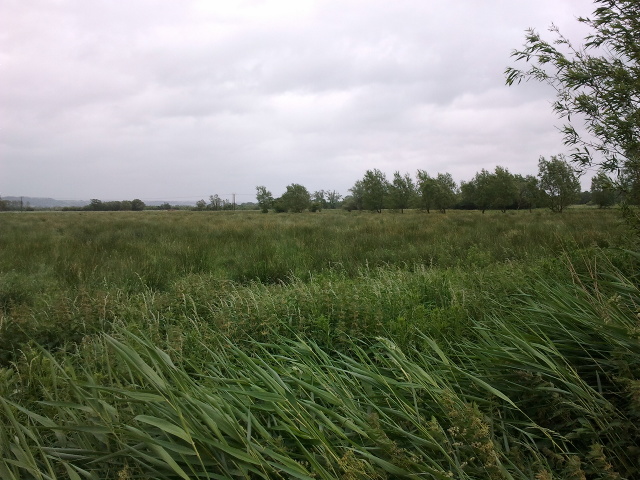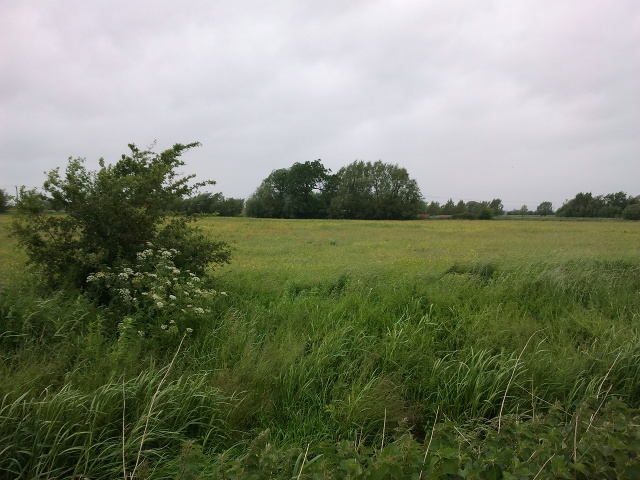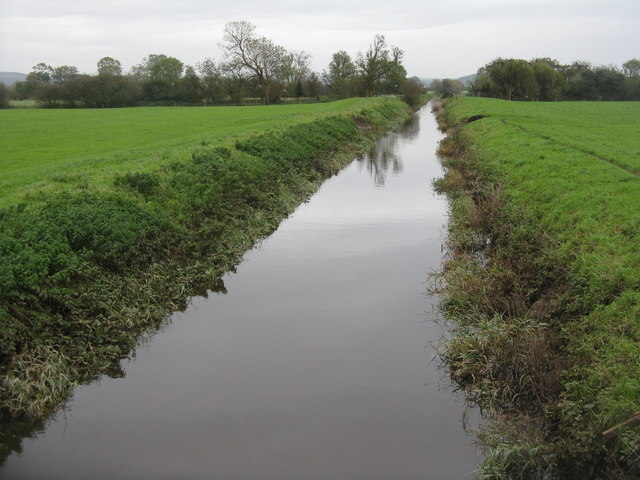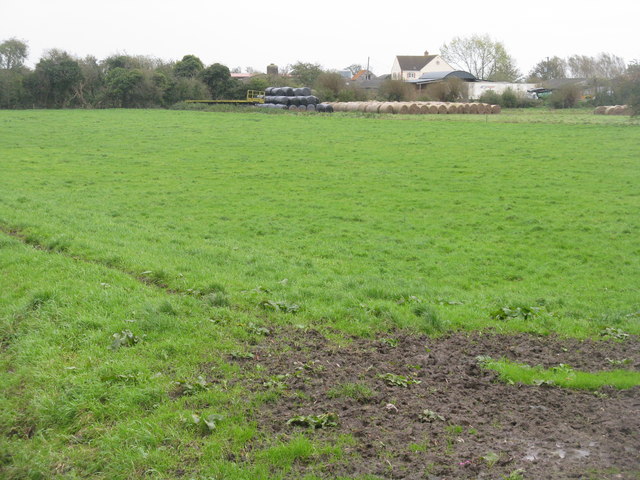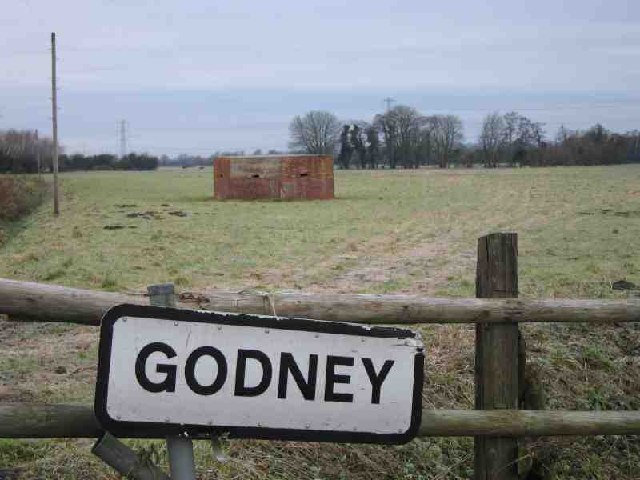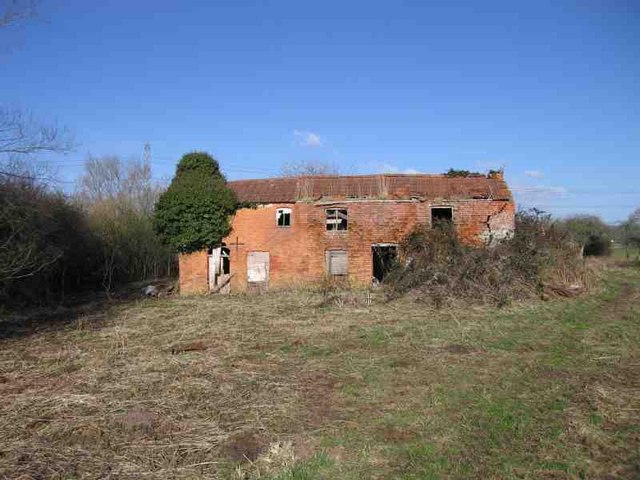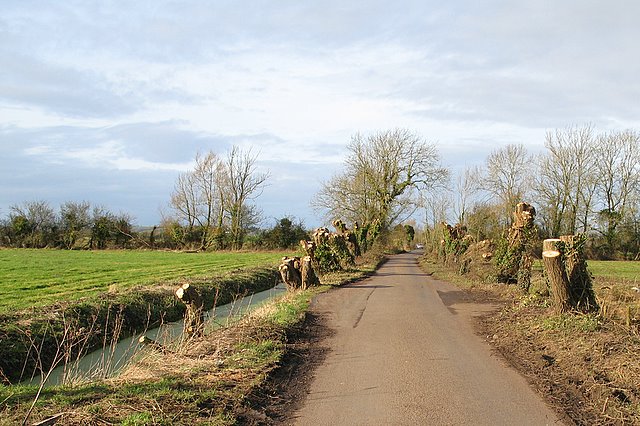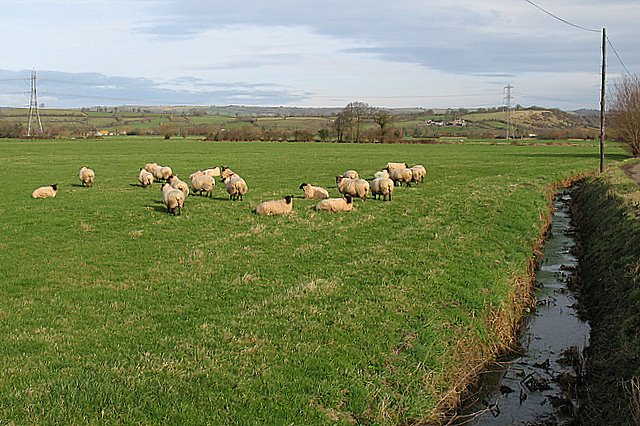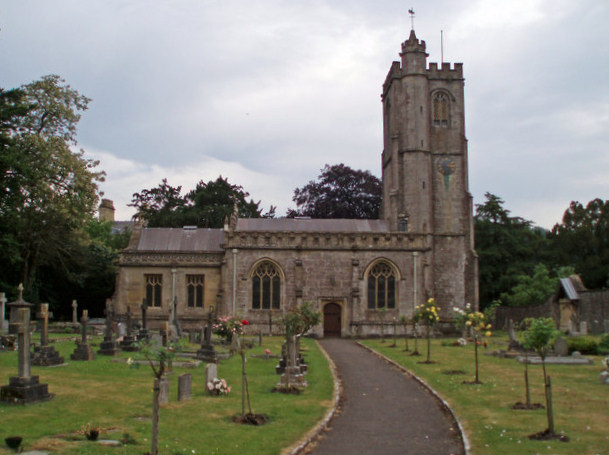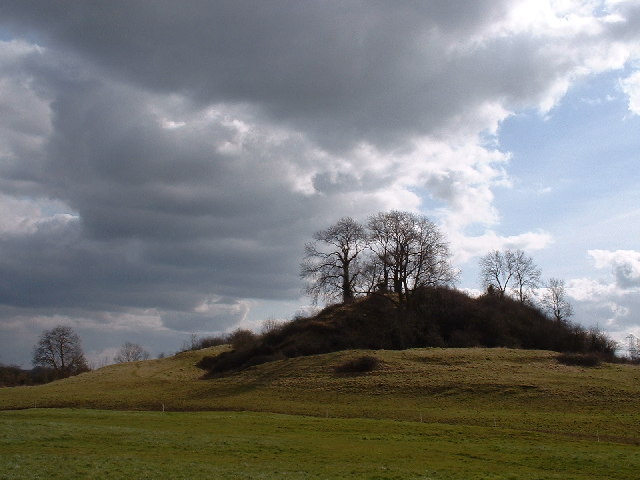Crannel Moor
Downs, Moorland in Somerset Mendip
England
Crannel Moor
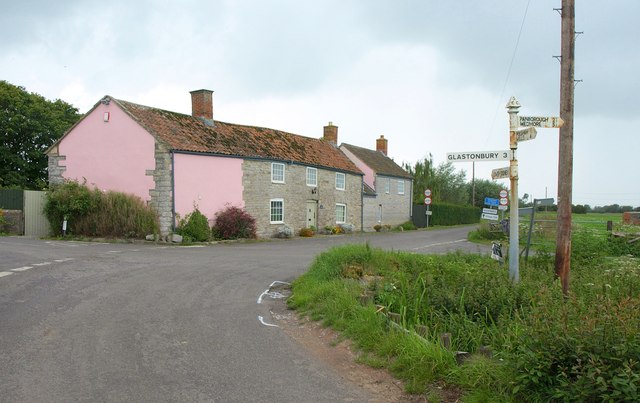
Crannel Moor is a picturesque area located in Somerset, England. Nestled amidst the stunning Somerset Downs, this moorland boasts breathtaking natural beauty. Covering a vast expanse of land, Crannel Moor is a haven for nature enthusiasts and outdoor adventurers.
The moorland is characterized by its rolling hills, expansive grasslands, and fascinating rock formations. It is home to a diverse array of flora and fauna, making it a hotspot for wildlife observation and nature photography. Visitors can spot various species of birds, including skylarks and kestrels, as well as small mammals such as rabbits and foxes.
Crannel Moor offers a range of activities for visitors to enjoy. Walking and hiking trails crisscross the moorland, providing an opportunity to explore the area's natural wonders. The trails cater to all levels of fitness, from gentle strolls to more challenging treks. Additionally, the moorland is popular among cyclists, with many scenic cycling routes available.
For those interested in history and archaeology, Crannel Moor offers a glimpse into the past. The area is scattered with ancient burial mounds and prehistoric remains, providing valuable insights into the region's rich heritage.
Crannel Moor is easily accessible, with ample parking facilities and nearby amenities. Whether it's a peaceful walk in nature, a birdwatching expedition, or an exploration of ancient history, Crannel Moor offers a captivating experience for visitors of all ages and interests.
If you have any feedback on the listing, please let us know in the comments section below.
Crannel Moor Images
Images are sourced within 2km of 51.175413/-2.70691 or Grid Reference ST5042. Thanks to Geograph Open Source API. All images are credited.

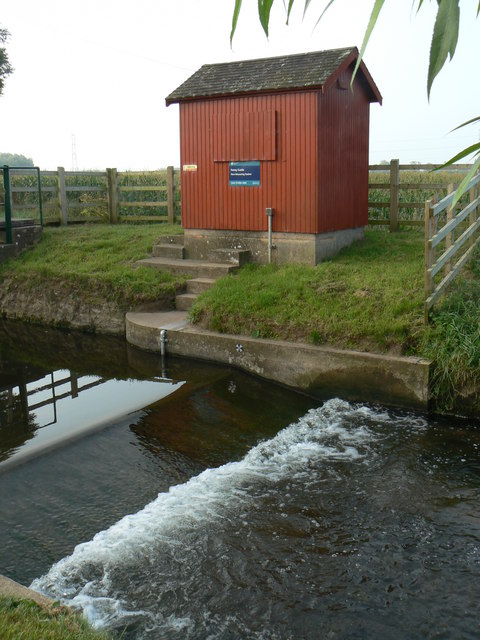
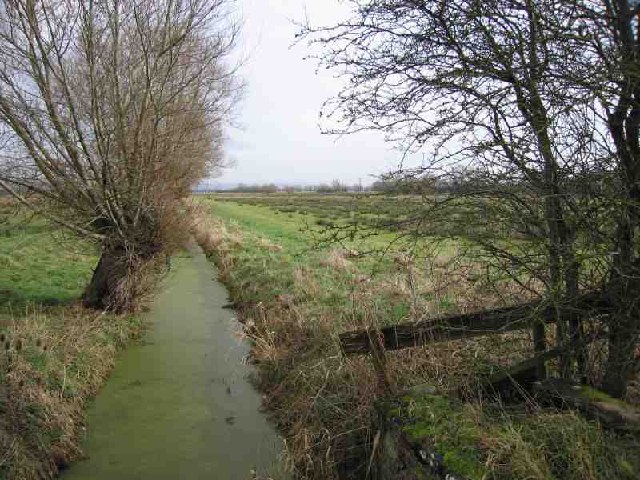
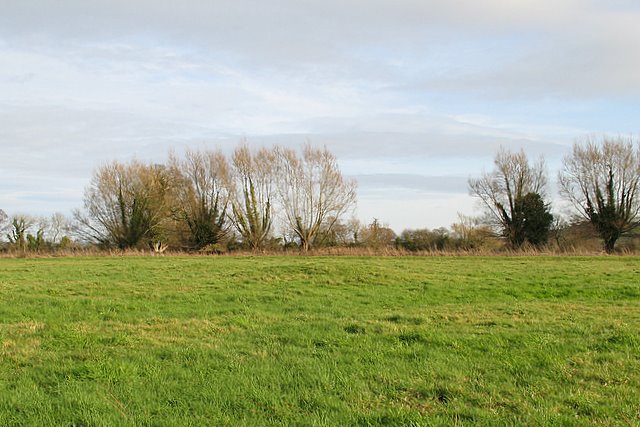
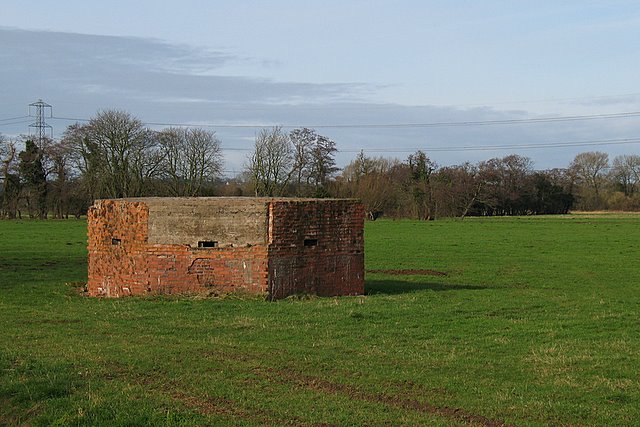
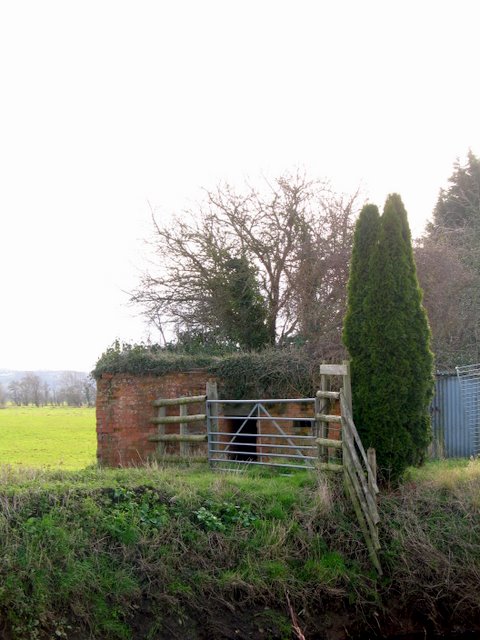
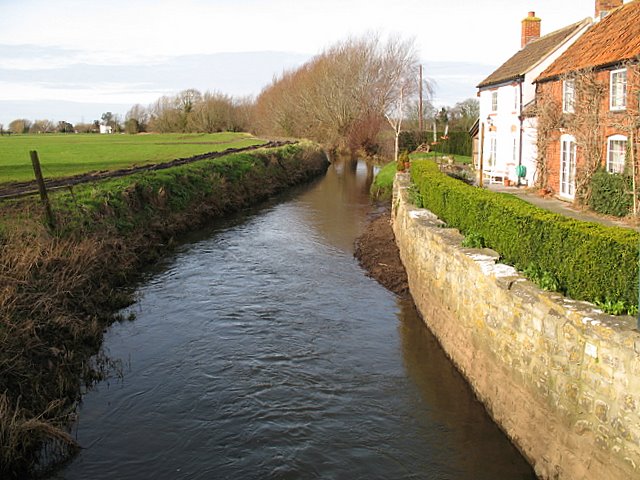
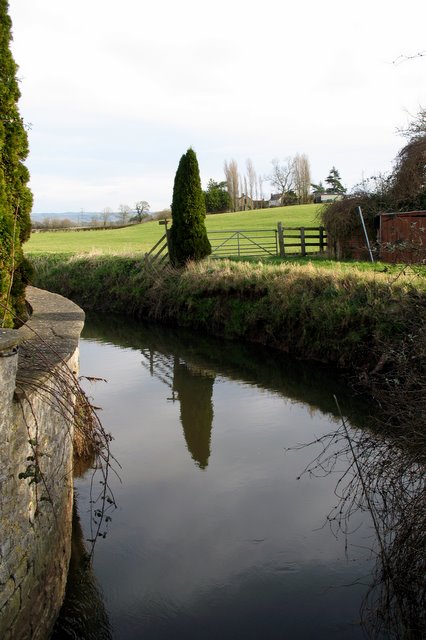
Crannel Moor is located at Grid Ref: ST5042 (Lat: 51.175413, Lng: -2.70691)
Administrative County: Somerset
District: Mendip
Police Authority: Avon and Somerset
What 3 Words
///soggy.surgical.dockers. Near Glastonbury, Somerset
Nearby Locations
Related Wikis
St Cuthbert Out
St Cuthbert Out, sometimes Wells St Cuthbert Out, is a civil parish in the Mendip district of Somerset, England. It entirely surrounds (but does not include...
Polsham railway station
Polsham was a railway station on the Somerset and Dorset Railway in the village of Polsham, Somerset in England. Opening in December 1861 on the Somerset...
Fenny Castle
Fenny Castle is the remains of a motte and bailey castle in the parish of Wookey, Somerset, England. It is a Scheduled Ancient Monument, but not accessible...
Glastonbury Lake Village
Glastonbury Lake Village was an Iron Age village, situated on a crannog or man made island in the Somerset Levels, near Godney, some 3 miles (5 km) north...
Holy Trinity Church, Godney
Holy Trinity Church is a former Church of England church in Godney, Somerset, England. Designed by George Phillips Manners, it was built in 1839–41 and...
Christ Church, Coxley
Christ Church is a Church of England church in Coxley, Somerset, England. It was built in 1839–40 to the designs of Richard Carver and is a Grade II listed...
Godney
Godney is a village and civil parish near Glastonbury on the River Sheppey on the Somerset Levels in the Mendip district of Somerset, England. == History... ==
St Dunstan's School, Glastonbury
St Dunstan's School is a secondary school in Glastonbury, Somerset, England. The school is for students between the ages of 11 and 16 years. It is named...
Nearby Amenities
Located within 500m of 51.175413,-2.70691Have you been to Crannel Moor?
Leave your review of Crannel Moor below (or comments, questions and feedback).
